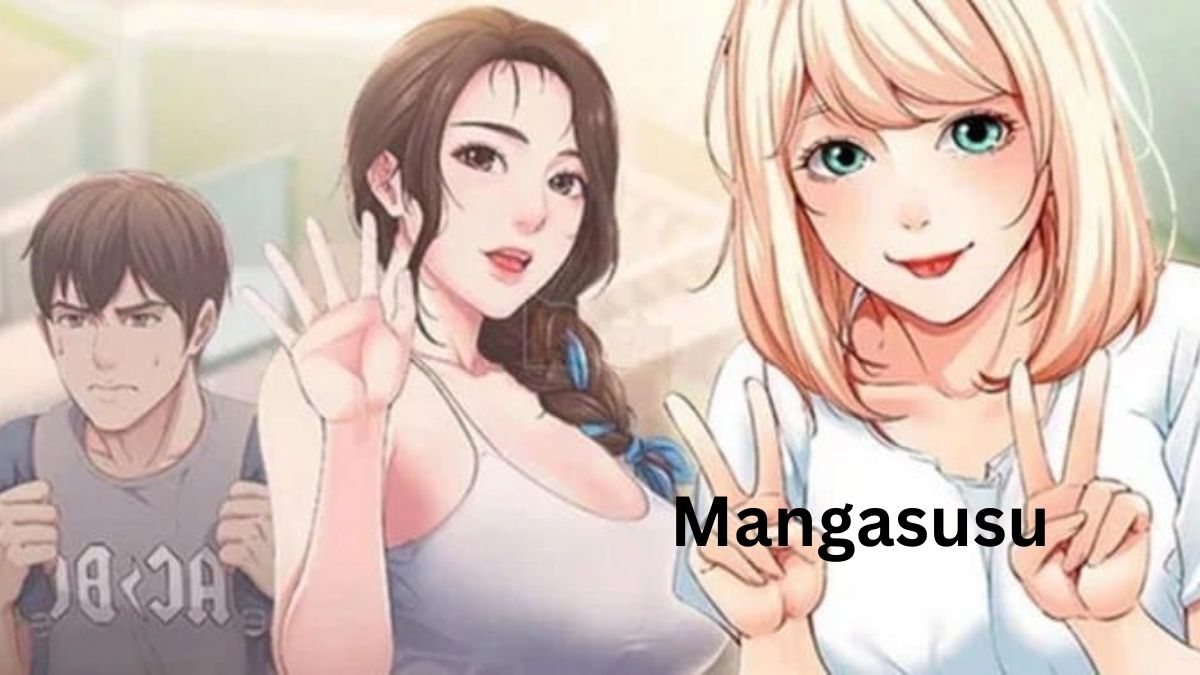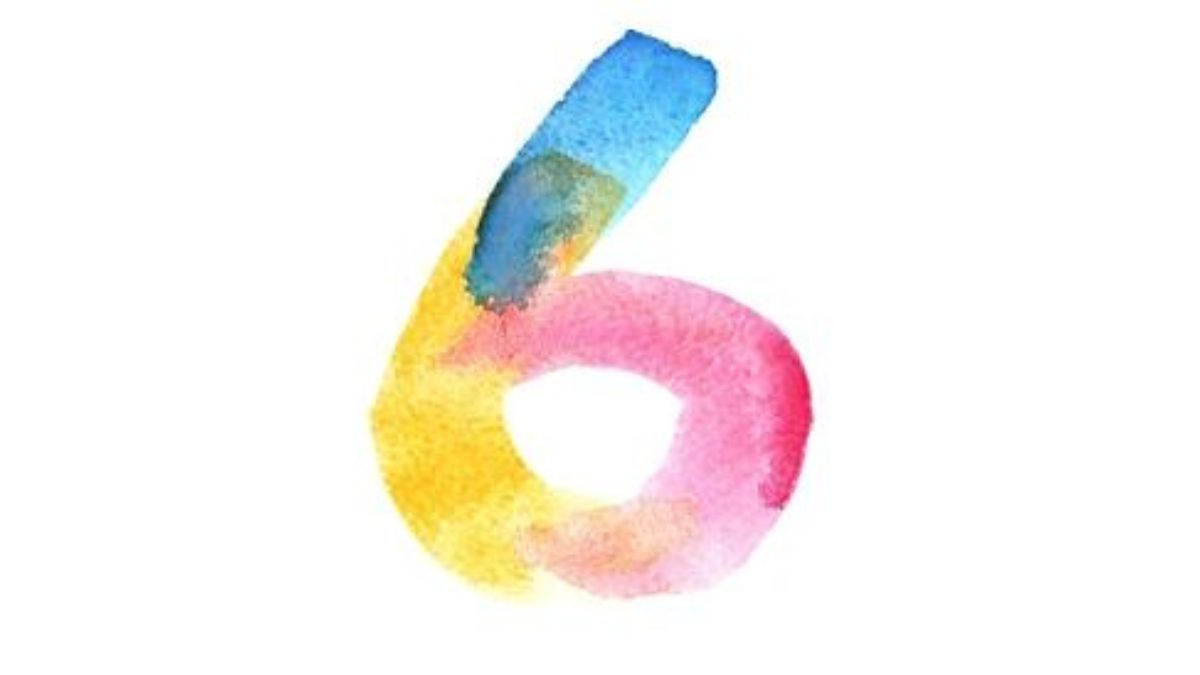Step into the vibrant world of manga, where artistic expression knows no bounds and storytelling takes on a whole new dimension. In this ever-evolving realm, traditional manga has long reigned supreme as a beloved art form cherished by fans worldwide. However, in recent years, a new player has entered the scene – Mangasusu. What sets these two apart? Let’s delve into the intricacies of both styles to uncover their unique characteristics and impact on the dynamic manga industry.
The Origins of Traditional Manga
Traditional manga has a rich and fascinating history that dates back to the 12th century in Japan. Its origins can be traced to scrolls and hand-painted picture books known as “kibyoshi” and “giga.” These early forms of Japanese storytelling laid the groundwork for what would eventually become modern manga.
In the Edo period, artists like Hokusai further developed the visual language of manga through woodblock prints depicting humorous scenes and caricatures. As literacy rates increased in Japan during the Meiji era, manga evolved into serialized publications featuring a wide range of genres from adventure to romance.
The post-World War II era saw a boom in manga production with iconic titles like Osamu Tezuka’s “Astro Boy” leading the way. This period marked a turning point where manga became more accessible to readers of all ages, solidifying its position as a prominent cultural phenomenon both in Japan and globally.
The Emergence of Mangasusu
The emergence of Mangasusu has been a game-changer in the world of manga. This innovative digital platform offers readers a whole new way to experience their favorite stories. With interactive elements, sound effects, and animation, Mangasusu brings a dynamic and immersive dimension to traditional manga.
Creators are embracing this new medium to push boundaries and experiment with storytelling like never before. By integrating multimedia features, Mangasusu opens up endless possibilities for engaging narratives that captivate audiences in unique ways.
Readers can now dive deeper into the storylines through interactive panels and animations that enhance the overall reading experience. The fusion of technology with artistry in Mangasusu is reshaping how manga is consumed and enjoyed by fans worldwide.
As this digital evolution continues to gain momentum, we can expect even more exciting developments on the horizon for both creators and readers alike. Stay tuned as Mangasusu paves the way for a new era in manga entertainment!
Key Similarities between Traditional and Mangasusu Manga
When exploring the world of manga, whether traditional or Mangasusu, there are key similarities that bind them together. Both forms of manga center around intricate storytelling through a combination of visuals and dialogue.
In both traditional and Mangasusu manga, the characters play a crucial role in driving the plot forward. From complex protagonists to colorful side characters, character development is essential in captivating readers’ emotions.
Another shared aspect is the use of various genres to cater to diverse audience preferences. Whether it’s action-packed shonen stories or heartwarming slice-of-life tales, both traditional and Mangasusu manga offer a wide range of genres for readers to immerse themselves in.
Artistic expression also unites these two forms of manga, with detailed illustrations bringing the story to life on each page. The art style may vary between traditional and Mangasusu manga, but the core essence of visually engaging storytelling remains constant.
Major Differences between Traditional and Mangasusu Manga
When comparing Traditional Manga with its innovative counterpart, Mangasusu, several key differences stand out. One major distinction is the art style – while Traditional Manga typically features black and white illustrations with intricate details, Mangasusu often incorporates vibrant colors and digital effects to enhance visual storytelling.
Another notable difference lies in the publishing platform. Traditional Manga has long been synonymous with physical printed volumes, whereas Mangasusu is predominantly distributed digitally through online platforms like webtoons or apps. This shift in distribution has revolutionized accessibility for readers worldwide.
Furthermore, the narrative structure diverges between the two forms. Traditional Manga tends to follow a more linear storyline progression across multiple chapters or volumes, while Mangasusu often adopts a format that allows for nonlinear storytelling through interactive elements such as sound effects or animations.
These distinctions reflect the evolving landscape of manga creation and consumption in an increasingly digital age.
Impact on the Manga Industry
The rise of Mangasusu has introduced a new wave of creativity and innovation into the manga industry. With its interactive features and multimedia elements, Mangasusu is changing how readers engage with manga content. This evolution is pushing traditional manga creators to explore new ways to captivate audiences and stay relevant in a rapidly changing landscape.
As Mangasusu gains popularity among younger generations who are accustomed to digital platforms, publishers are adapting their strategies to cater to this tech-savvy audience. The shift towards online distribution and mobile-friendly formats is reshaping the way manga is consumed, opening up new opportunities for both established artists and emerging talents.
While traditional manga continues to hold a significant place in the hearts of longtime fans, the emergence of Mangasusu has sparked conversations about the future direction of the industry. It’s clear that these two forms of manga will coexist and influence each other as they continue to evolve in response to shifting consumer preferences and technological advancements.
Future of Mangasusu and Traditional Manga
As we look towards the future of Mangasusu and traditional manga, one thing is clear – both forms of storytelling will continue to evolve and captivate audiences worldwide. With advancements in technology and digital platforms, Mangasusu has the potential to reach even more readers globally.
Traditional manga, with its rich history and loyal fanbase, will also adapt to changing times while staying true to its roots. As new creators emerge with fresh ideas and innovative storytelling techniques, the world of manga is set to expand in exciting ways.
The coexistence of Mangasusu and traditional manga offers a diverse range of narratives for readers to explore. From fantasy epics to slice-of-life dramas, there’s something for everyone in the vast landscape of manga genres.
Whether you’re a die-hard fan or a newcomer discovering the magic of Japanese comics for the first time, the future looks bright for both Mangasusu and traditional manga as they continue to shape pop culture around the globe.
Conclusion
In the ever-evolving world of manga, Mangasusu has emerged as a dynamic and innovative counterpart to traditional manga. While both share common roots and storytelling techniques, Mangasusu brings a fresh approach with its digital platform and interactive features. The future holds exciting possibilities for both forms of manga, each offering unique experiences for readers worldwide. As technology continues to advance and creative boundaries are pushed further, we can expect even more thrilling developments in the world of manga. So whether you prefer the nostalgia of traditional manga or the cutting-edge experience of Mangasusu, one thing is certain – manga will continue to captivate audiences for generations to come.










